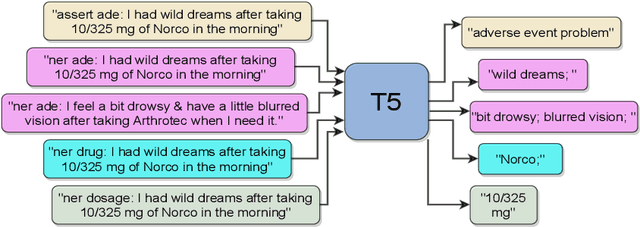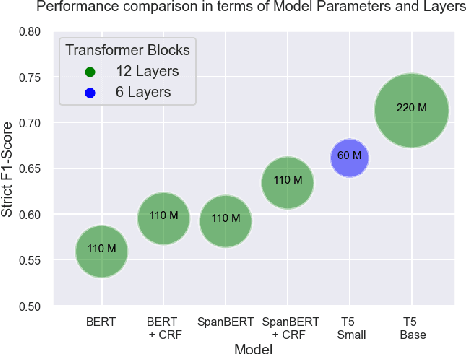Exploring a Unified Sequence-To-Sequence Transformer for Medical Product Safety Monitoring in Social Media
Paper and Code
Sep 13, 2021



Adverse Events (AE) are harmful events resulting from the use of medical products. Although social media may be crucial for early AE detection, the sheer scale of this data makes it logistically intractable to analyze using human agents, with NLP representing the only low-cost and scalable alternative. In this paper, we frame AE Detection and Extraction as a sequence-to-sequence problem using the T5 model architecture and achieve strong performance improvements over competitive baselines on several English benchmarks (F1 = 0.71, 12.7% relative improvement for AE Detection; Strict F1 = 0.713, 12.4% relative improvement for AE Extraction). Motivated by the strong commonalities between AE-related tasks, the class imbalance in AE benchmarks and the linguistic and structural variety typical of social media posts, we propose a new strategy for multi-task training that accounts, at the same time, for task and dataset characteristics. Our multi-task approach increases model robustness, leading to further performance gains. Finally, our framework shows some language transfer capabilities, obtaining higher performance than Multilingual BERT in zero-shot learning on French data.
 Add to Chrome
Add to Chrome Add to Firefox
Add to Firefox Add to Edge
Add to Edge